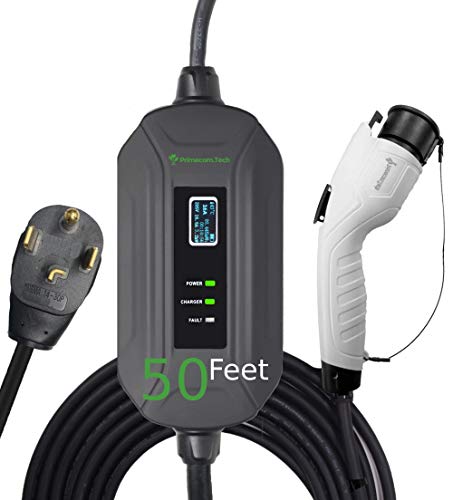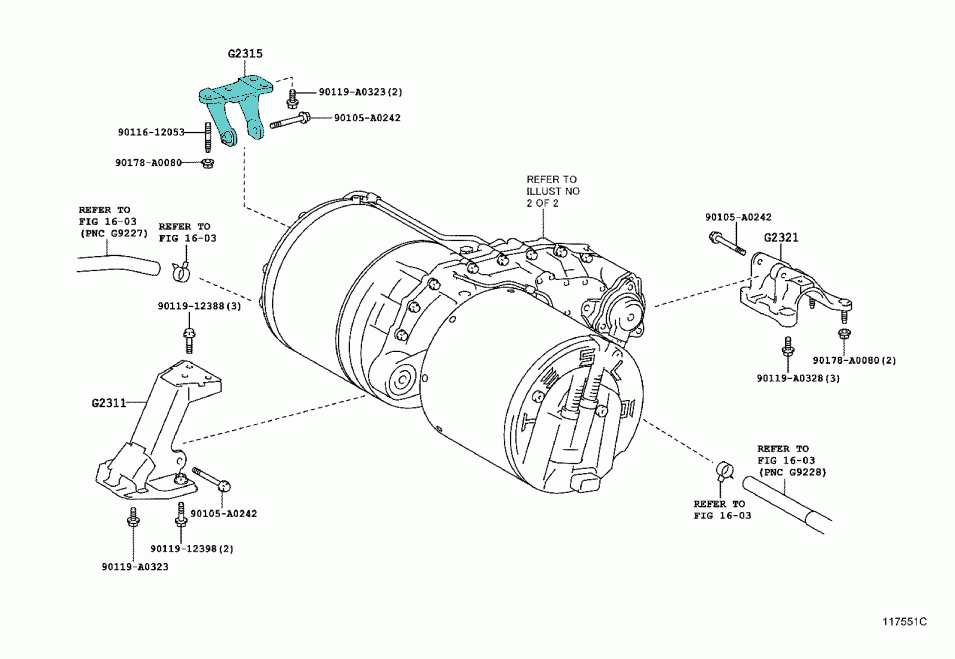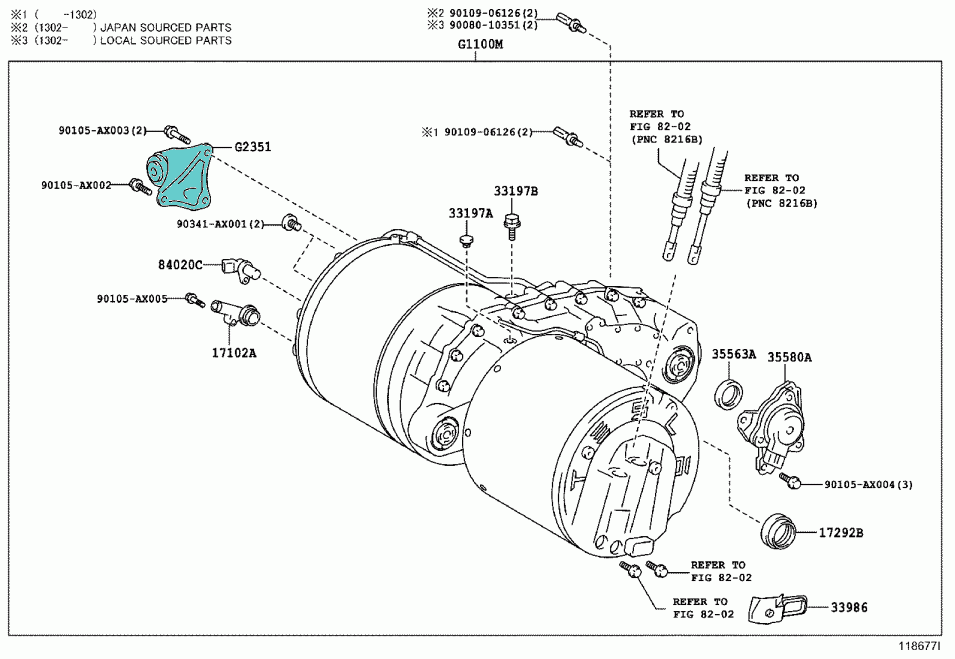dstjohn99
Well-known member
I have a 2014 Rav4 EV with ~65k miles. Drive Unit was replaced in 2016, around 25k miles. Over the past 5K miles I'm noticing a new vibration that slowly seems to be getting progressively worse.
When driving on a smooth surface, like good asphalt, the car is very smooth. If I accelerate in the 50 - 60 mph range I notice a vibration in the steering wheel as if I suddenly transitioned to a rough road surface. When I let off the accelerator the vibration goes away and it feels smooth again.
This started as barely perceptible but is now perceptible, reproduce able and very slowly getting worse. It is prevalent in the ~50 to 70 mph range and gets worse with heavier acceleration.
Anyone with similar experience? Opinions as to cause?
- Thanks.
When driving on a smooth surface, like good asphalt, the car is very smooth. If I accelerate in the 50 - 60 mph range I notice a vibration in the steering wheel as if I suddenly transitioned to a rough road surface. When I let off the accelerator the vibration goes away and it feels smooth again.
This started as barely perceptible but is now perceptible, reproduce able and very slowly getting worse. It is prevalent in the ~50 to 70 mph range and gets worse with heavier acceleration.
Anyone with similar experience? Opinions as to cause?
- Thanks.




















![Car Charger Adapter - [Upgraded Version] Car Fast Charger with 4 Ports (PD+QC3.0+USB C) Atmosphere Light - 12-24V Car Truck SUV Universal USB Cigarette Lighter Adapter(QC3.0+PD+2.4A+2.4A)](https://m.media-amazon.com/images/I/41TzjUqcNaL._SL500_.jpg)















